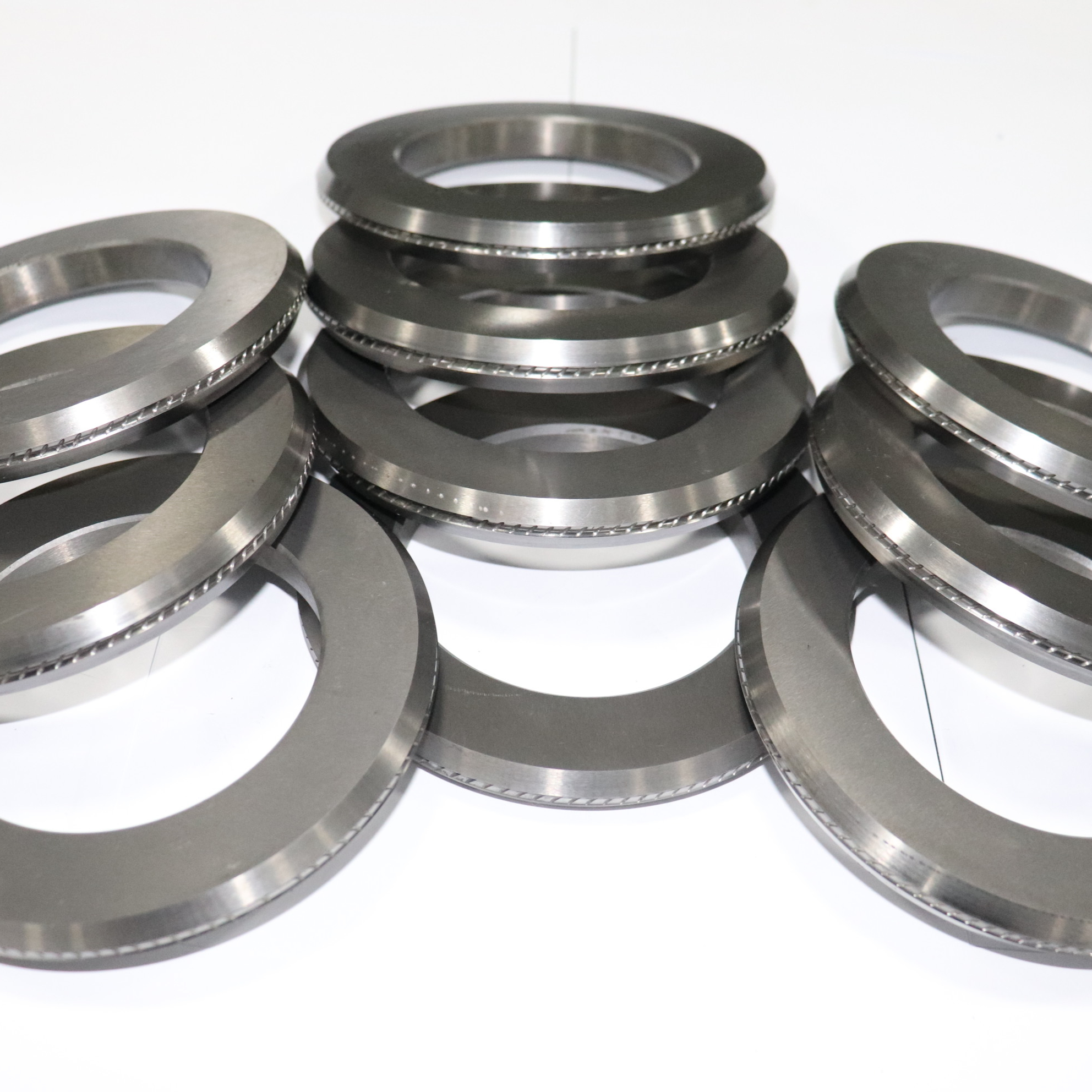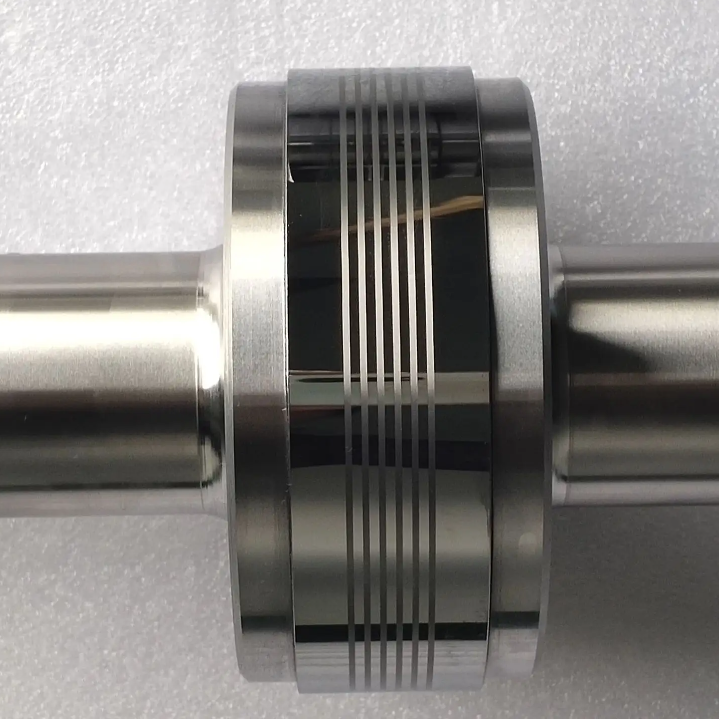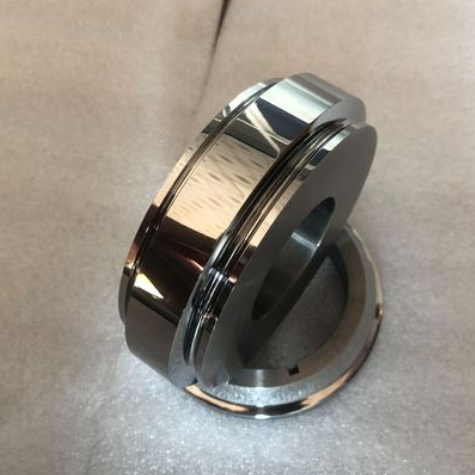There are many ways to classify rolls, mainly: (1) strip rolls, section rolls, wire rod rolls, etc. according to the type of products; (2) tungsten carbide rolls, rough rolls, finish rolls, etc. according to the position of rolls in the mill series; (3) scale breaking rolls, perforating rolls, leveling rolls, etc. according to the function of rolls; (4) steel rolls, cast iron rolls, carbide rolls, ceramic rolls, etc. according to the material of rolls; (5) casting rolls, forging rolls, welded rolls, set rolls, etc. according to the manufacturing method. (5) according to the manufacturing method, there are casting rolls, forging rolls, welded rolls, sleeve rolls, etc.; (6) according to the rolled steel state, there are hot rolls, cold rolls. Various classifications can be combined accordingly to make the rolls have a clearer meaning, such as centrifugal casting high chromium cast iron work rolls for hot rolling strip steel.

Roll performance and quality generally depends on its chemical composition and manufacturing methods and can be assessed by its organization, physical and mechanical properties and the type of residual stress present inside the roll (see Roll Inspection). Roll in the use of rolling mills depends not only on the roll material and its metallurgical quality, but also with the use of conditions, roll design, operation and maintenance. Different types of rolling mill roll conditions vary greatly, resulting in differences in the factors are:

(1) mill conditions. Such as mill type, mill and roll design, hole design, water cooling conditions and bearing type, etc.; (2) rolling conditions such as rolling material varieties, specifications and its deformation resistance, pressure system and temperature regime, yield requirements and operation, etc.; (3) the product quality and surface quality requirements.
Post time: May-23-2023









